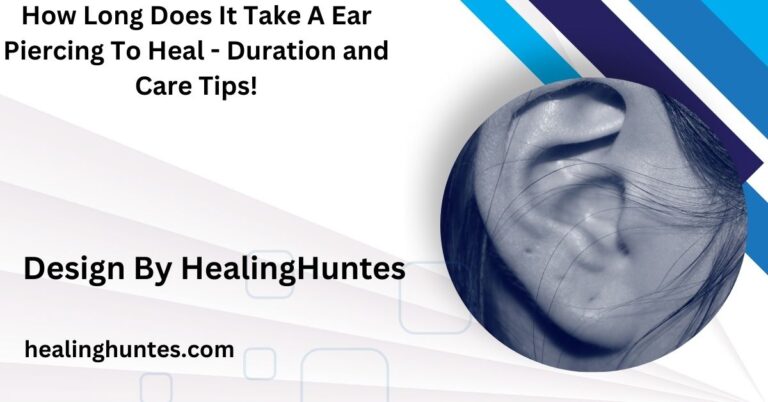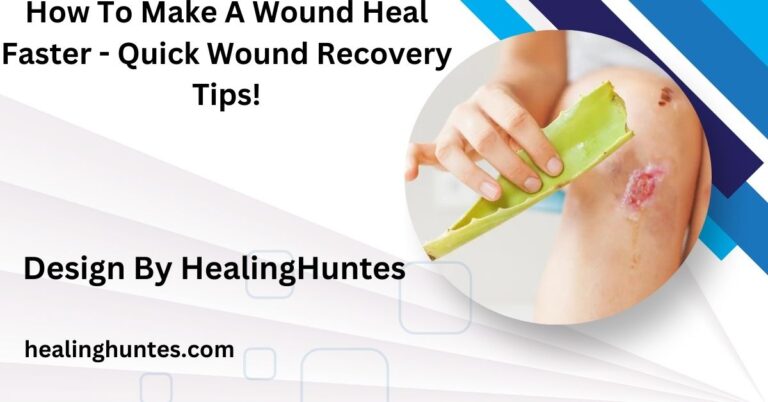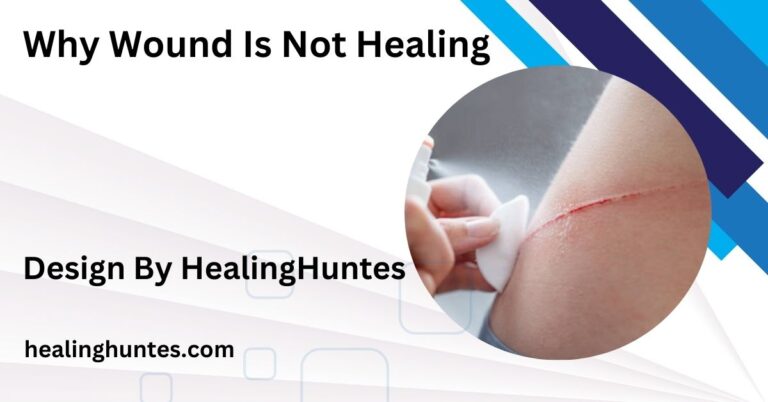How Long Does Plantar Fasciitis Take To Heal – Top Tips and Treatments!
Plantar fasciitis typically takes several weeks to months to heal, but following a structured treatment plan and preventive measures can accelerate recovery.
This article explores the typical healing timeline, factors influencing recovery, and tips for speeding up the healing process.
Understanding Plantar Fasciitis and Its Symptoms:
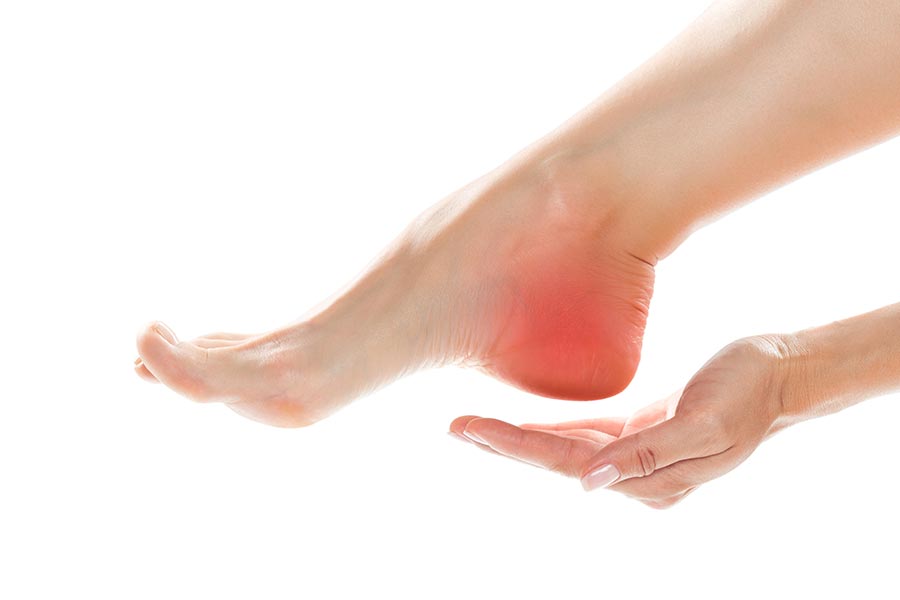
Plantar fasciitis is characterized by pain in the heel or arch of the foot, especially noticeable in the morning or after periods of inactivity. The condition is common among runners, those who are overweight, or people who spend long hours standing on hard surfaces. Typical symptoms include:
- Sharp heel pain upon waking.
- Discomfort that decreases with activity but returns after rest.
- Swelling or tenderness in the heel area.
Proper diagnosis and understanding of symptoms are crucial to determining the best treatment path.
Average Healing Time for Plantar Fasciitis:
The healing time for plantar fasciitis can vary widely. In mild cases, symptoms may improve within a few weeks of consistent treatment. However, for more severe cases, recovery can take anywhere from 3 to 12 months.
In most cases, if you follow a proper treatment regimen, you should start noticing a significant improvement within 6 to 8 weeks. However, full healing may require more time, depending on the extent of the inflammation and adherence to the recovery plan.
Also Read: Signs A Dog Eye Ulcer Is Healing – Dog Eye Ulcer Recovery!
Factors Affecting Healing Time:
- Severity of the Condition: Milder cases tend to heal faster than severe ones.
- Activity Level: Those with high-impact lifestyles may take longer to recover due to repeated strain.
- Body Weight: Extra weight can put additional stress on the plantar fascia, slowing down healing.
- Treatment Adherence: Consistently following a treatment plan, including stretches, icing, and rest, can speed up recovery.
Identifying these factors and adjusting your lifestyle accordingly can greatly impact your healing timeline.
Effective Treatments for Faster Healing:

Healing from plantar fasciitis often involves a combination of home treatments and, in some cases, professional intervention. Here are key methods that promote faster recovery:
- Rest and Activity Modification: Reducing activities that stress the heel and foot, such as running, can provide immediate relief.
- Ice Therapy: Applying ice to the affected area for 15-20 minutes a few times a day can reduce inflammation and pain.
- Stretching Exercises: Targeted stretches for the calf and plantar fascia improve flexibility and reduce tension in the affected area.
- Supportive Footwear: Wearing shoes with good arch support and cushioned soles can relieve strain on the plantar fascia.
- Orthotic Inserts: Custom or over-the-counter orthotics can provide additional support and help distribute weight evenly.
By consistently using these methods, you can enhance your healing and potentially shorten recovery time.
Medical Interventions for Persistent Pain:
If symptoms persist beyond a few months despite home treatments, consult a healthcare professional. They may recommend:
- Physical Therapy: Therapists can provide tailored exercises and guidance on movement patterns that promote healing.
- Corticosteroid Injections: Injections can help reduce severe inflammation, though they are typically used as a last resort.
- Extracorporeal Shock Wave Therapy (ESWT): This non-invasive therapy uses sound waves to promote healing in chronic cases.
- Surgical Intervention: Rarely, surgery may be considered if other treatments fail. Surgery typically involves releasing part of the plantar fascia to relieve tension.
These interventions are reserved for cases where standard treatments do not yield sufficient relief.
Also Read: How Long Does A Sprained Foot Take To Heal – Sprained Foot Recovery Timeline!
How to Prevent Plantar Fasciitis from Returning:
Once plantar fasciitis heals, preventive measures are essential to avoid recurrence. Some effective strategies include:
- Wearing Supportive Shoes: Choose footwear that offers adequate arch support and cushioning.
- Maintaining a Healthy Weight: Reducing extra pounds can lessen the load on your feet, decreasing the risk of plantar fasciitis.
- Incorporating Regular Stretching: Stretching exercises for the calf muscles and plantar fascia can prevent stiffness.
- Avoiding Prolonged Standing: If possible, limit long periods of standing on hard surfaces or wear appropriate support shoes.
These steps not only reduce the risk of plantar fasciitis returning but also help maintain overall foot health.
Common Misconceptions About Plantar Fasciitis Healing Time:
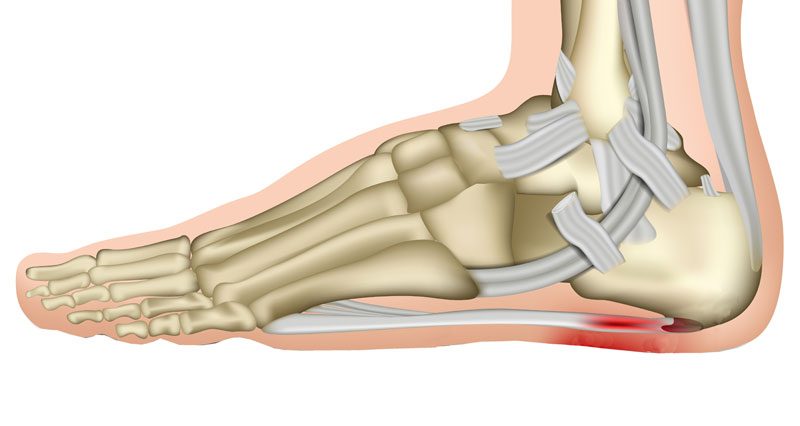
There are a few myths surrounding plantar fasciitis recovery that can cause confusion. Let’s address some common misconceptions:
- Rest alone will heal plantar fasciitis: While rest is essential, combining it with other treatments, like stretching and ice, is key to a faster recovery.
- Only athletes get plantar fasciitis: Although athletes are more susceptible, anyone who stands or walks for extended periods is at risk.
- It will heal within a week or two: In most cases, healing takes several weeks to months, depending on the condition’s severity.
By understanding these misconceptions, you can set realistic expectations and follow an effective recovery plan.
Tips for Speeding Up Recovery:
Here are some additional tips to support a faster recovery:
- Massage the Arch: Gently massaging the arch of your foot can promote blood flow and alleviate pain.
- Use Night Splints: Wearing a splint at night keeps the foot in a flexed position, reducing morning pain.
- Try Anti-Inflammatory Medication: Over-the-counter pain relievers can help manage pain and inflammation.
- Stay Consistent with Treatment: Stick to your treatment plan daily for the best results.
These small yet impactful steps can complement other treatments and contribute to a faster, smoother recovery.
FAQ’s
1. How long does plantar fasciitis usually take to heal?
Plantar fasciitis can take anywhere from a few weeks to a year to heal, depending on severity and treatment adherence.
2. Is it okay to walk with plantar fasciitis?
Yes, but it’s recommended to limit activity, avoid high-impact exercises, and wear supportive footwear.
3. Can plantar fasciitis become permanent?
If untreated or poorly managed, plantar fasciitis can lead to chronic pain, but most cases improve with proper care.
4. What is the fastest way to recover from plantar fasciitis?
Rest, stretching exercises, and supportive footwear are among the best ways to speed up recovery.
5. Can I still exercise with plantar fasciitis?
Low-impact exercises like swimming or cycling are generally safer, but consult a professional for personalized advice.
Conclusion
Plantar fasciitis recovery requires patience and consistent effort, but with the right approach, healing is achievable. Whether you’re managing mild or severe symptoms, a combination of rest, targeted exercises, and supportive footwear is essential. Avoiding high-impact activities and maintaining good foot health habits will help you stay pain-free in the long run.




